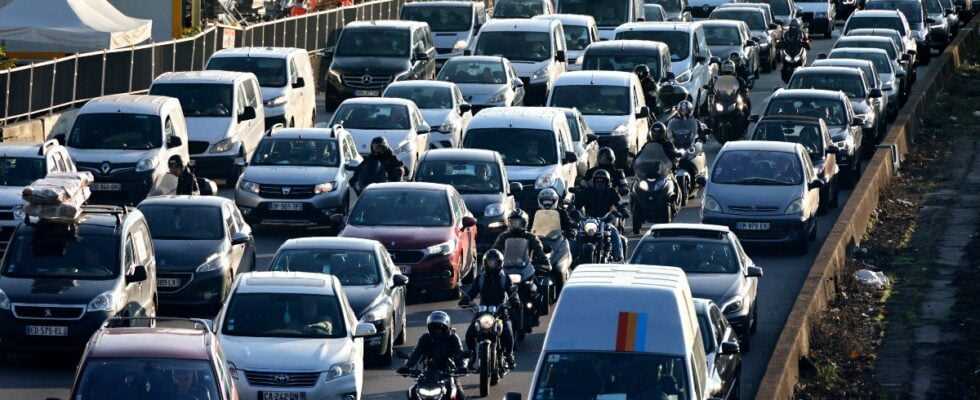In Île-de-France, road traffic appears to be the main source of ultrafine particle (UFP) pollution in the region, according to the results of an initial measurement campaign.
Airparif published this Tuesday the results of “a first part” of surveys carried out from December 2020 to February 2021 on four sites in the Ile-de-France region. Three are in urban or peri-urban areas: the Parisian district of Les Halles in Paris (75), Gennevilliers, in Hauts-de-Seine (92) and Tremblay-en-France, in Seine-Saint-Denis ( 93) and one is in a rural area, in Bois-Herpin, in Essonne (91).
According to the air quality observatory in the Ile-de-France region, the results of this first campaign show a much higher variability between these four sites than for PM10 suspended particles. The least polluted site is in fact that in rural areas, with average levels of 2,700 particles per cm3 of air, against 6,600 to 9,300 particles per cm3 for urban sites.
“In the air, even away from road traffic”
“These first observations, carried out in winter, show that ultrafine particles are present everywhere and were on average two to three times higher during the measurement campaign in the Paris conurbation than in the rural area”, explains Airparif, which adds that “ultrafine particles emitted by road traffic have been measured in the air, even at a distance” from it. It should also be noted that it is in Tremblay, then in Gennevilliers and finally in Paris that we find the highest concentrations.
According to the observatory, even if the measurement points are far from road traffic, the latter’s contribution to the pollution of ultrafine particles is indeed “preponderant in urban areas”, as is wood heating. There are nevertheless “very distinct ultrafine particle sizes and peak periods for these two sources”, underlines Airparif.
Concentrations are also higher during the coldest periods, illustrating the importance of heating. The results of the second measurement campaign, carried out during the summer of 2021 near road traffic, are expected in mid-2022. The other campaigns should continue until 2024 and will in particular make it possible to identify where to set up permanent UFP monitoring sites in the region.
However, it is “the subject of growing health concerns and recommendations to strengthen their surveillance from ANSES in France and the WHO internationally”, recalls Airparif. And if it is not yet the subject of specific regulations, it is strongly suspected of harmful impacts on human health, being able to penetrate deeper into the respiratory tract than fine particles such as PM10 (themselves already responsible for 29,800 premature deaths in France in 2019, according to the latest figures from the European Environment Agency).
The whole point of studying this pollutant therefore lies, according to Airparif, in the fact that it is considered “emerging” and is therefore “not regulated to date”.
